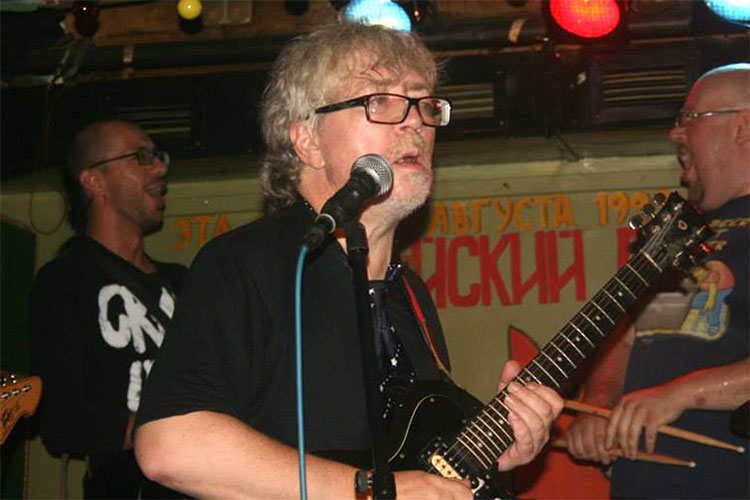Human cannibalism forces emergency landing aircraft
The victim is decomposed from the inside by the bacteria that eat humans, emitting a rotten smell that causes the aircraft to pause midway to pay passengers.
The aircraft from the Canary Islands had to respond urgently to Portugal to pay a smelly passenger, which raised a lot of complaints from the passengers. Last week, that man died after the illness. A human predator bacterium causes him to decompose from within , according to Science Alert.

Suchilin escort left the plane.(Photo: CEN).
The smell came from Andrey Suchilin, a famous Russian rock guitarist , so horrible that other passengers on Transavia's flight from Gran Canaria to the Netherlands began to feel anxious. The attendants asked Suchilin to leave the bathroom but did not work. "Stinking like he didn't wash for a few weeks. Some passengers got sick and nauseated," Piet van Haut, who flew with Suchilin, said.
The way cannibalism bacteria enter the body.(Graphics: Next).
Finally, the plane had to stop emergency in Faro, Portugal, leaving Suchilin down. In a post on Facebook, Suchilin and his wife explained they had sought treatment before leaving Spain and the doctor diagnosed him with a common infection due to bathing.
Suchilin was taken to hospital in Portugal, but his condition quickly deteriorated and the doctor concluded he had tissue necrosis. They decided to put Suchilin in a coma state to prevent organ failure. However, they failed. Suchilin did not wake up and died on June 25.

Suchilin is a famous Russian guitarist.(Photo: People).
Doctors do not know exactly what causes Suchilin to suffer from tissue necrosis. External causes include infection, loss of oxygen, injury and poor care of the wound, especially when entering the water. In marine environments, injury to a coral reef can allow bacteria that cause sea necrosis to enter the body, where they thrive under anaerobic conditions, blocking blood supply to tissues in the body. , leading to decomposition.
This process produces a very strong odor when the tissue rots. Dead tissue cannot be cured, but if early necrosis is detected, doctors can prevent the bacteria from spreading."Unfortunately, the initial symptoms of necrosis are easily overlooked. It is because symptoms such as fever, pain, swelling and injury in the affected area may not be specific or easily mistaken for infection. Light on the surface , " said epidemiologist Allen Cheng.
In Suchilin's case, the time for timely treatment was over and the bacteria spread to his heart, kidneys and lungs. Tissue necrosis is actually quite rare. The global incidence is 1 / 100,000 according to a 2016 report. Immunocompromised, obese and diabetic patients as well as drug users have a higher risk of disease than normal people.
- Emergency landing scenarios when the plane crashed
- Tourists in England saw their planes landing on the beach
- The moment the emergency plane landed on the road was full of cars
- What happens when the plane drops suddenly?
- Emergency aircraft navigation device
- See the scene of Boeing 757 aircraft 'showdown' horizontal landing when there is a storm
- See NASA's terrifying landing aircraft experiment
- The United States built unmanned aircraft to land by tail
- How is the aircraft protected against lightning?
- Video: A380 aircraft showcased horizontal landing in the big storm
- Why is cannibalism unacceptable in humans?
- Video: See the plane landing in the thick fog
 Why do potatoes have eyes?
Why do potatoes have eyes? 'Tragedy' the world's largest carnivorous life: Death becomes ... public toilet
'Tragedy' the world's largest carnivorous life: Death becomes ... public toilet Tomatoes were once considered 'poisonous' for 200 years
Tomatoes were once considered 'poisonous' for 200 years Detecting microscopic parasites on human face
Detecting microscopic parasites on human face